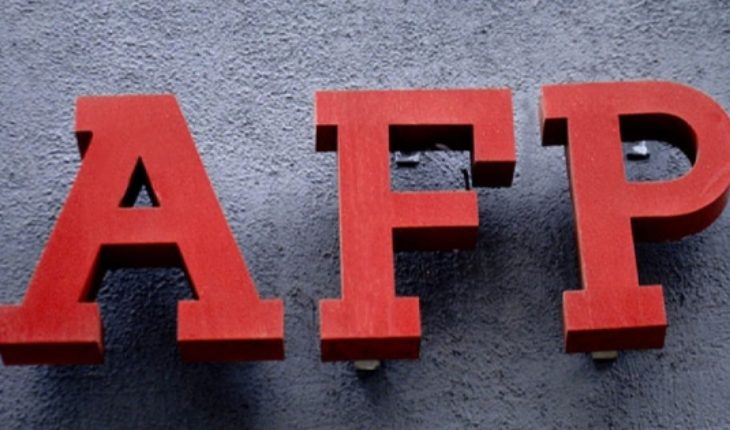one of the few things that seems to generate consensus within the pension reform recently sent to Congress, is the need for increasing competition faced by the AFP.
It is assumed that the addition of more players into the market will result in greater competition, which will result in better service, greater incentive to increase profitability and lower costs for members. By the way, competition will reduce excessive profits of the odious AFP.
The reality seems to indicate that the competition does not have many magical powers.
In a recent interview, Peter Dimond, Nobel Prize in economics, explained very well several of the limitations of the competition when it operates in the pension field, and not only in Chile. It is difficult to correctly operate the competition in this sector.
To worsen things, under the current regulation applicable to the investments of the AFP system, distinguished by profitability is very difficult. Differences in yields between the AFP long-term are marginal. If you want to foster competition should deregulate the investment process, giving greater freedom to each manager to define your portfolio management, without which more players would be more of the same.
And then comes the worst: increased competition may result in atomization and instability of managed funds and that will generate lower returns for affiliates and more “hidden commissions”.
It’s counterintuitive, but a concentration of less administrators pension funds would be favourable for affiliates.
To understand this you must know investment processes and their options.
So far, Chilean funds are invested primarily in equity instruments and debt, both in Chile and abroad. These kinds of assets are subject to the ups and downs of the economy with very good periods and other bad. Volatility reached to all, even to the fixed income instruments (even though some believe otherwise).
A way to reduce that volatility is investing in less correlated assets with financial market movements, and hence overlook the alternative active calls: real estate, infrastructure, private equity, private debt. A field that the AFP have only access from this year and respect of which there are many expectations.
It is here where is the inconsistency.
International experience shows that funds that are successful in these fields are those that have and can maintain long term a significant amount of assets in administration. Size matters. It is what provides access to business (deal flow) and allows you to invest directly (not via funds), improving yields.
Just look at the example of Canadian pension funds: their size allows them to participate directly (without intermediaries) in major infrastructure projects. Canadian pension funds invest in roads, ports, airports, power projects, large real estate projects around the world (including Chile).
This would not be possible if, instead of few actors with many assets in administration, there were several actors driving less silver each or, well, it had affiliates moving from an administrator to another with some frequency.
Smaller funds wanting to take exposure to this sector only can be done using funds that charge “hidden commissions” really succulent. Direct investment is reserved for big dogs, there is little room for quiltros.
The Chilean pension system handles approximately USD 200 billion, enough to play in the major leagues, but is that always tends to a consolidation and not to a fragmentation. The draft sent to Congress pointing in the wrong direction.
There is a second aspect to consider: to directly invest in alternative assets, stability in the managed resources is needed. The increased competition between the AFP, if operated, would result in the opposite.
Migration of contributors from one AFP to another could generate a very important complexity, since AFP who loses the fee-paying must liquidate part of the managed portfolio to deliver those resources to other AFP, and while markets stock and bond are liquids, does not occur the same in alternative asset market because a bit of the road or the airport cannot be sold to make silver investment and allow the exit of contributors. The solution, again, is investing through mutual funds, which leads to more commissions and less profitability.
Thus, then, the proposal of increased competition becomes an illusion of a solution that involves important risks of fragmentation of the funds managed, generating actors without large enough to act efficiently in key areas to increase profitability and reduce the volatility of pension funds.
It would be better to give it another twist.
Poured in this op-ed content is the sole responsibility of the author and do not necessarily reflect the editorial line nor the counter position.





